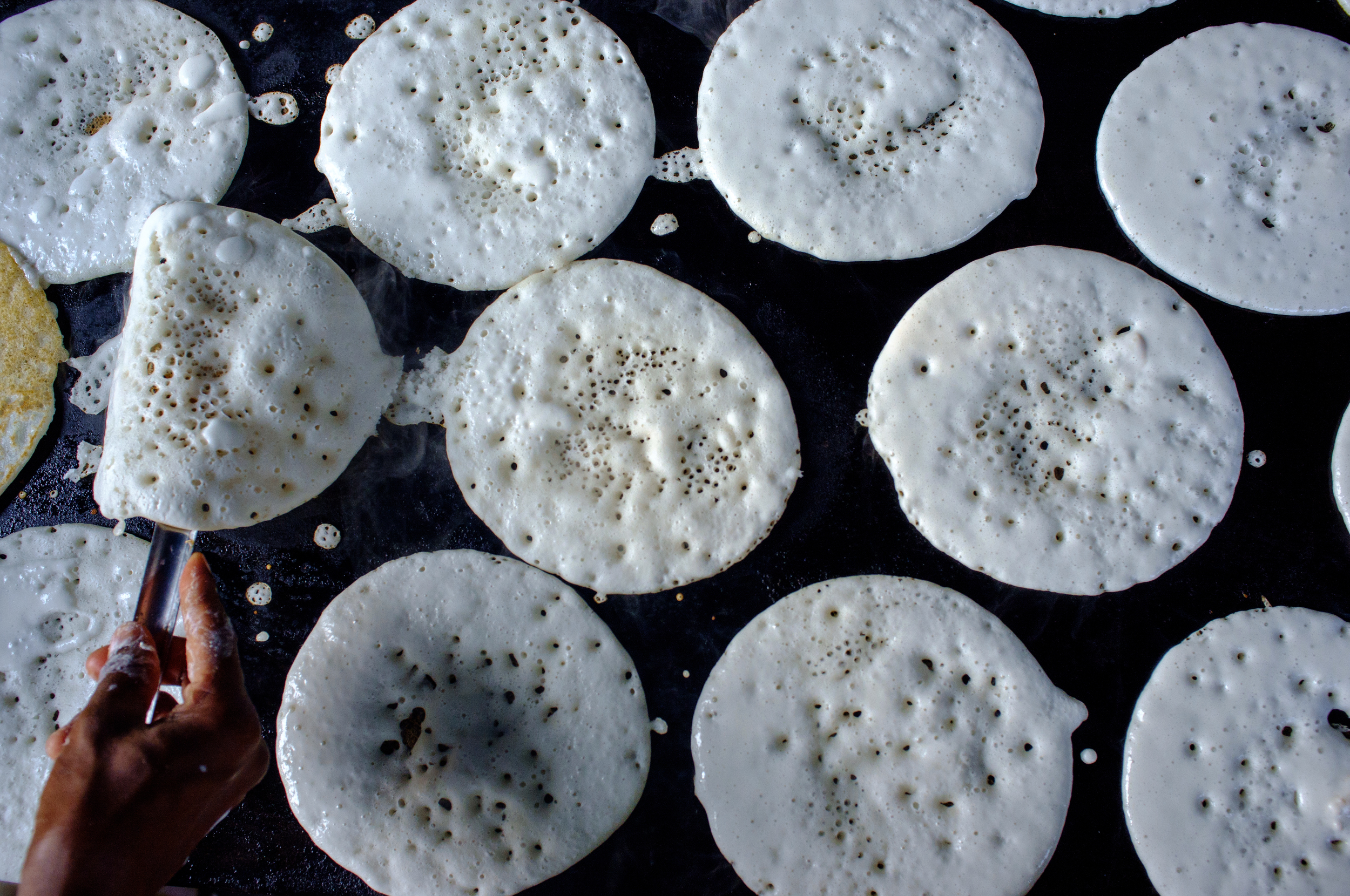Chai stall in Bombay
In New York City and San Francisco people will debate the merits of Roquefort or Cheddar and sesame-seed or plain buns for burgers to death, but that kind of social critique, a product of the culture industry, is the burger-equivalent of a first-world problem that exists in some veneer of society, alas, slowly subsuming most it. In Bombay, India, we are not quite at the point of objectification and critique of everyday social experiences as first-class denizens of culture or ideology themselves (we’re getting there, I know, I harbor no delusions of that, and in writing about it I may be hastening that process, and consequently chai’s demise). Its lack of populist scrutability, despite (or maybe because of?) its accessibility, makes it both vulnerable and so much more than just a hot drink. You can certainly consume chai in New York and elsewhere, but you can't experience it like you do in India.
No kidding. Chai encompasses the history and contemporary identity of most of an entire nation; memories with family, friends and strangers; the youth and vigor of long-irrelevant conversations; romances, past and present, painful and beautiful; reflections of your own different self, through the steadily increasing price of chai; and yet, it also speaks of the banality of now. It’s what you indulge in when you’re bored; you romanticize about sipping chai, looking out the window, when it rains; nostalgia for the streets of India, whether Bombay or Delhi or Kerala (but not always Bangalore), inevitably, includes chai. It is love, it is hate, it is memory, it is nostalgia, and yet it is really nothing.
In a dense, populous city like Bombay you don’t need to go very far for good chai. My favorite chai in the world is the chai I can find in my neighborhood, and it happens to be pretty damned good.
Morning scene outside Sankar Lal's tea stall in Thane, Bombay. I like to think of it as my local Blue Bottle.
A cutting chai is a generous "half glass" pour
Sankar Lal Patel at his stall in Thane, Bombay
Sankar Lal Patel has been making chai in Bombay since 1996 and in my parents' neighborhood in Thane since 2004. That's nearly 20 years of chai-making; no wonder he is such an expert at his work. His insistence on using a more expensive grade of milk because it's creamier is but one example that he takes pride in his work. I like going for a walk in the morning with my parents and then stopping by Sankar Lal's stall for a cutting. Along with the chai, his ever-calm demeanor makes for a tasty and peaceful way to start my morning.
Ajay and a couple of regulars, Thane, Bombay
My friend Peter was visiting with me in Bombay. We had just had a long, indulgent lunch that my mum put together, and now we were walking back home after Peter had just eaten three scoops of Natural’s ice-cream. A short walk later we spotted Ajay’s tea stall and paused, giving each other a knowing look. Our chai instincts had kicked in and told us this place had potential. Peter gave his it’s fine, I’ll make room no problem nod and we proceeded for our cuppa. Conversations with our fellow chai-drinkers ensued.
The chai in Bombay (and much of North India) is what one might call masala chai — spiced chai. As for what makes the masala, it varies. Some people use a "secret" blend of cardamom, ginger and black pepper. My mum uses fresh ginger and fresh lemongrass. Sankar Lal's masala consists only of ground ginger.
Some (like my brother) might argue that chai isn't chai without sugar, but in my experience that's only a matter of being accustomed to it; it still maintains its distinctiveness without any sweeteners. Typically most chai shops use sugar when making their chai but asking for one without sugar is increasingly common and readily available because it's made fresh through the day (except maybe in a place like Bangalore where fresh chai isn't as easily available; it's made in a big batch and then stored in a thermos flask).
While I like my masala chai, I also very much like my chai Kerala-style: just tea steeped in water with a little milk. The tea flavor is more prominent here. Because of its simplicity good Kerala chai isn't easy to come by — the quality of the tea used and the milk (which is often not as good as Bombay) make a significant difference. We did manage to get some good Kerala chai during a recent visit to Alappuzha and Kottayam.
Puttu and chai for breakfast at Arya Bhavan in Kozhikode, Kerala
Pouring decoction at a tea stall in Alappuzha, Kerala
Roadside tea stall in Kumarakom; tea is often "pulled" before being served
A wonderfully made Kerala chai during a morning walk in Kumarakom, Kerala
Woman serving tea at a thattukada (typically, a roadside eatery) in Pallathuruthy, Kuttanad, Kerala





























